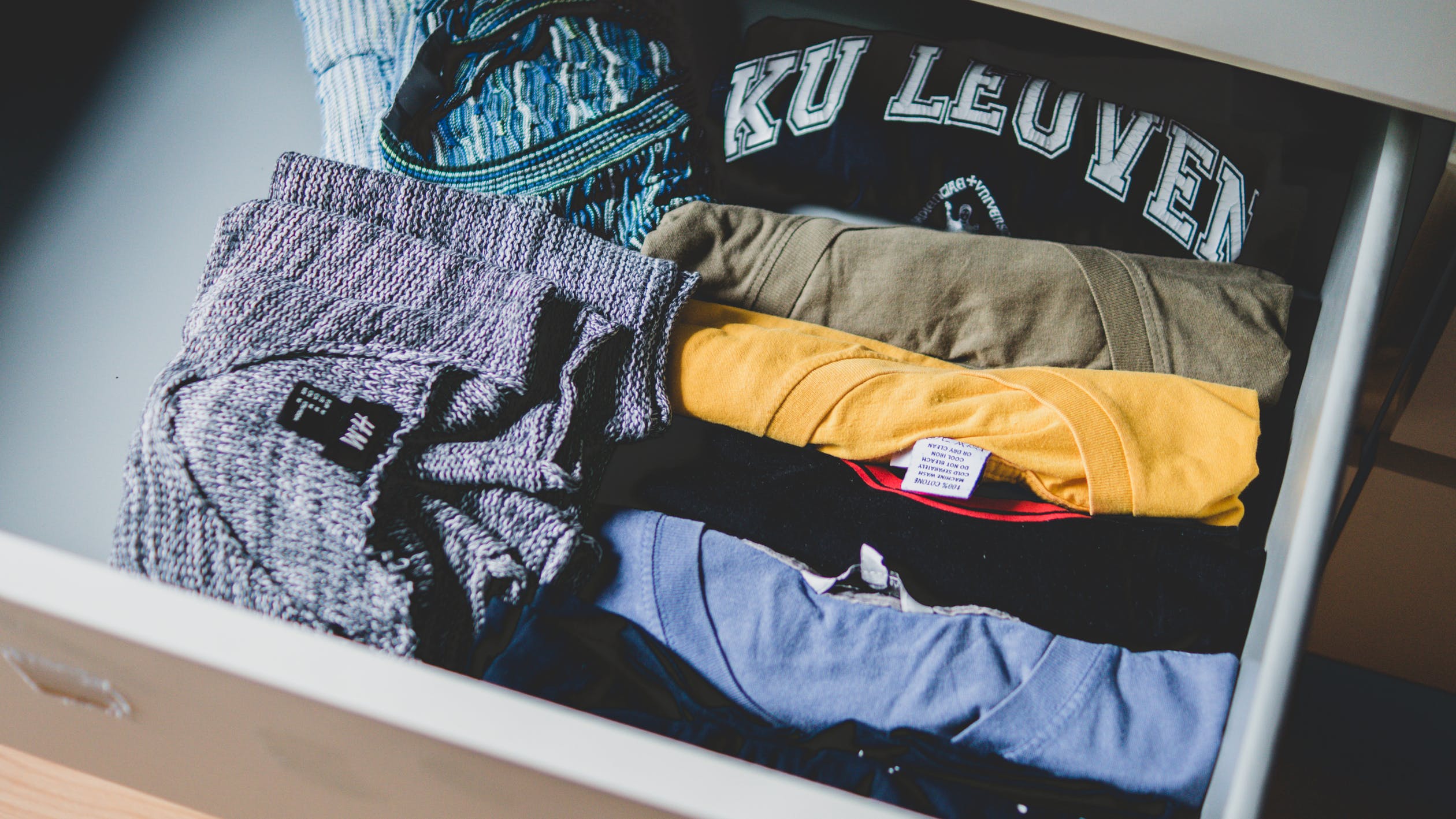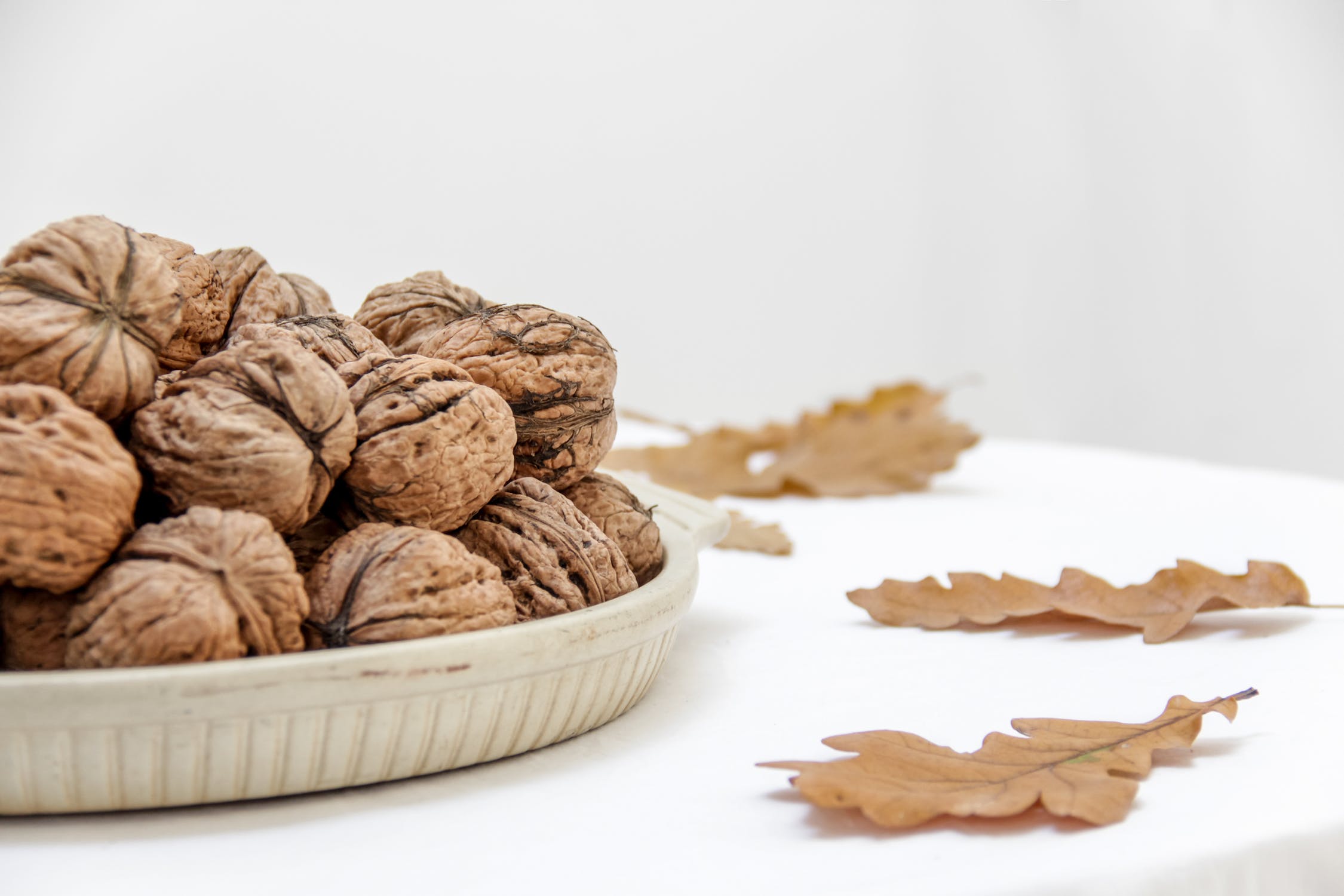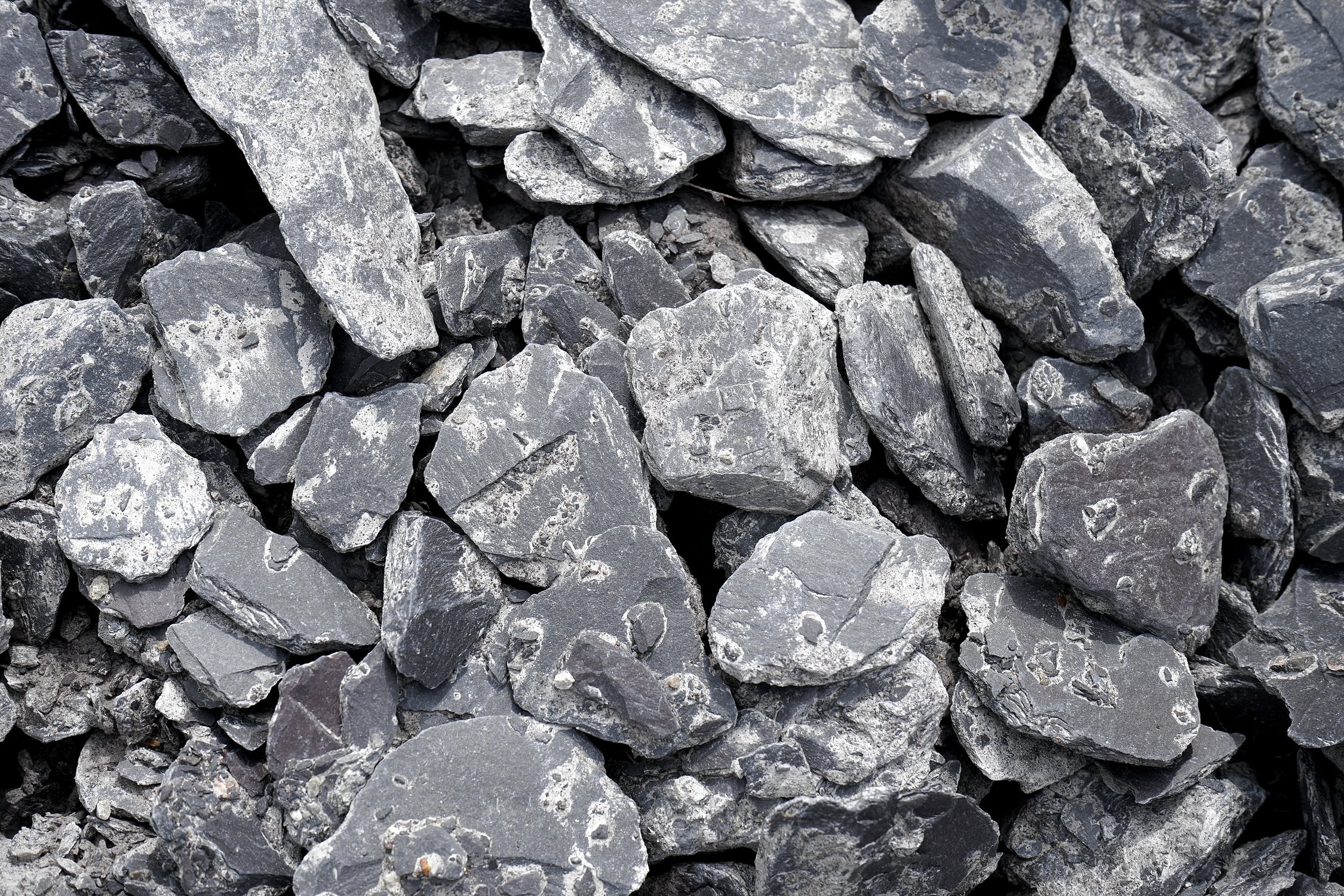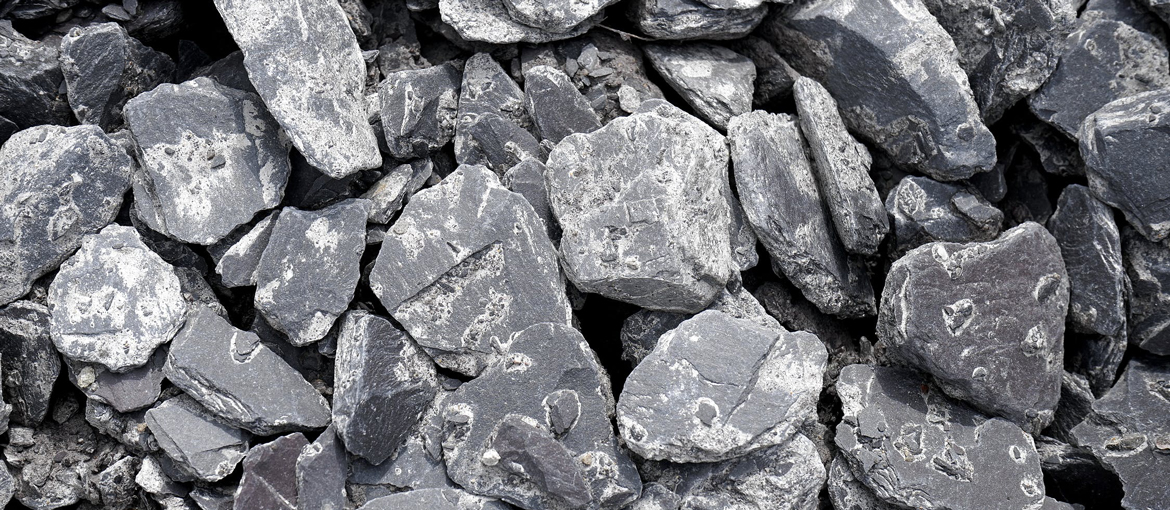In a world without paper, there would be no books, no bills, no photographs, no signs, no artwork, no boxes… In short, life would be much less interesting. But to make the paper we need, millions of trees have to be cut down. Are there alternatives to deforestation? Actually, paper was not always made from wood.
For example, the Egyptians made it using papyrus. And for centuries mankind wrote on animal skins. In recent years, the industry is going back to basics, exploring alternative fibers. “Tree free paper” (tree free paper) is all the rage.
Here are some materials you might not expect, from which paper is already being made.
1) With your old T-shirts.
In 2017, British company Moo launched a series of business cards made from old recycled T-shirts. Cotton extracted from discarded textiles produces a particularly durable type of paper, which is used combined with other fibers for legal documents that need to last or in the banknotes of different countries.

2) With the poop of your favorite herbivore.
The U.S. company Poopoopaper markets paper made from the feces of cow, donkey, horse, elk, elephant and even panda. The feces of herbivores are rich in fiber derived from the plants and fruits these animals eat. A process of cleaning and filtering produces a beautiful paper (completely odor-free!). Some believe that this technique could help address the serious problem of feces management in farm animals.
3) With fruit peels, shells and pits.
Orange peels, grape tendrils, olive and fruit stones, almond shells, walnuts and peanuts… With all these products the Italian company Favini is able to produce its “tree-free” Crush paper. In general, agricultural residues that cannot be fed to animals or used to generate biomass end up being burned. But these residues are a source of fiber that several companies are using to make paper. One promising line of production is the use of banana harvest residues.

4) With plants that are not trees
Bamboo paper has been made in China for a millennium and a half. A pulp can be extracted from bamboo that is quite similar to that of conventional paper. This ancient technique has been turned into a business by companies such as Canada’s Caboo. Sugar cane and hemp also offer promising fibers, already used in commercial papers. An African plant of the cotton family, kenaf, is attracting paticular attention. An area planted with kenaf produces in one year the amount of fiber that the same area, planted with pine, would produce in twenty years.
5) With seaweed
Every year, coastal cities collect tons of seaweed accumulated on beaches. This “waste” from the sea is rich in cellulose, which can be used to make good quality paper. Several initiatives, both at the research level and applied to industrial products are exploiting this possibility. The story of an Italian paper created in the 1990s as part of a research project that aimed to capture and recycle the algae that were invading the Venice lagoon is extraordinary.

6) With stones.
Some conventional papers contain mineral dust that makes them brighter and stronger. But there is a type of paper in which mineral makes up more than 80 percent of the product, mixed with a small amount of plastic resin. This paper made from stone is already widely marketed by several companies in high-quality products.
7) With leather
Italy’s Favini has put on the market an original product made from recycled conventional paper mixed with remnants of leather production. Thus the circle comes full circle, returning to dear old leather as the basic material for writing.

